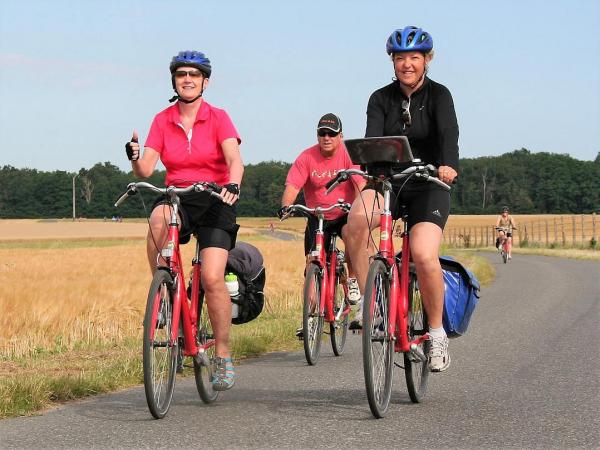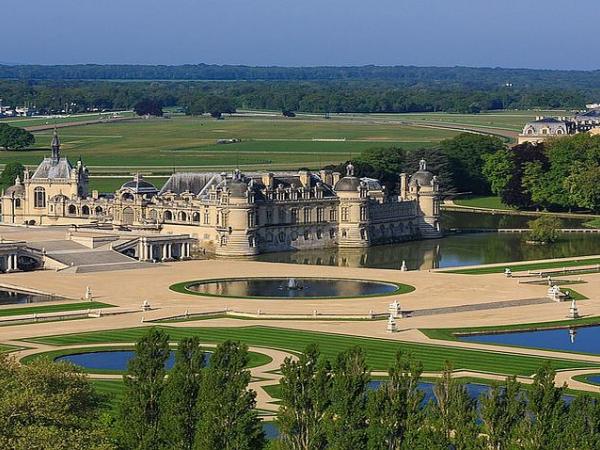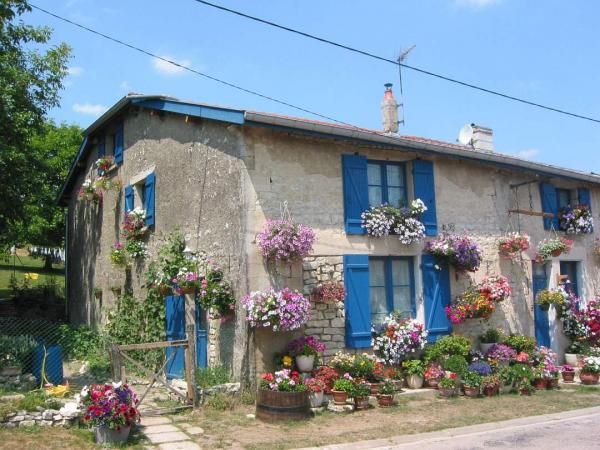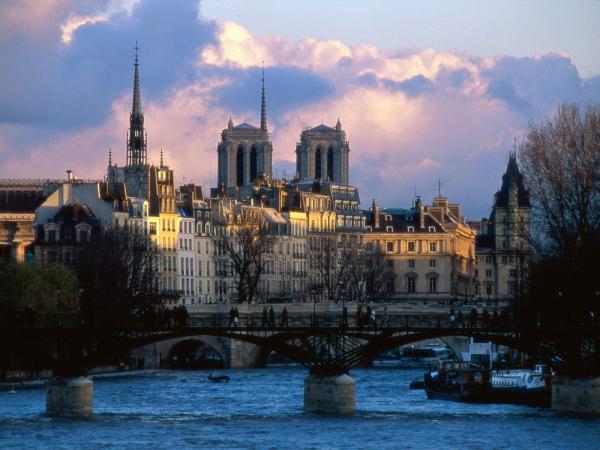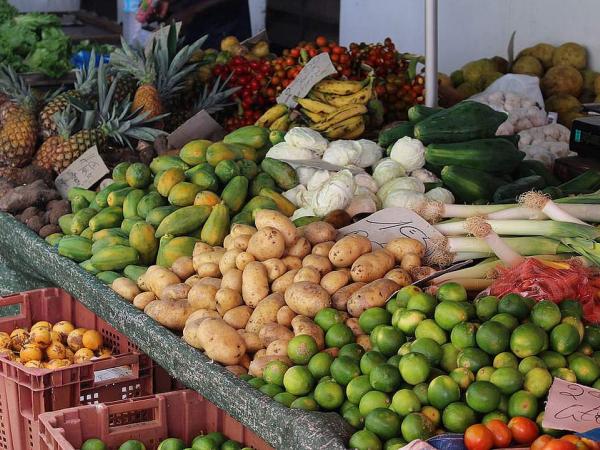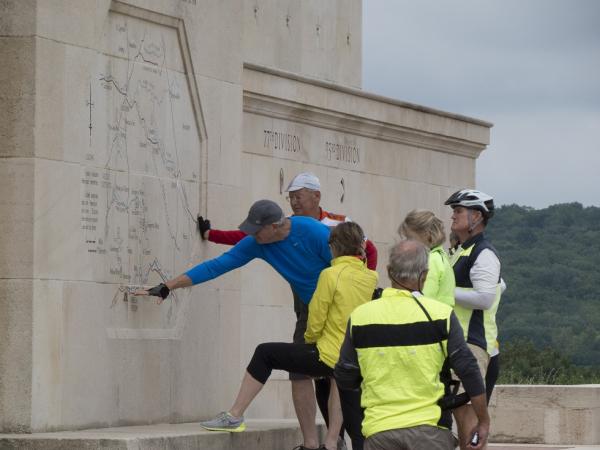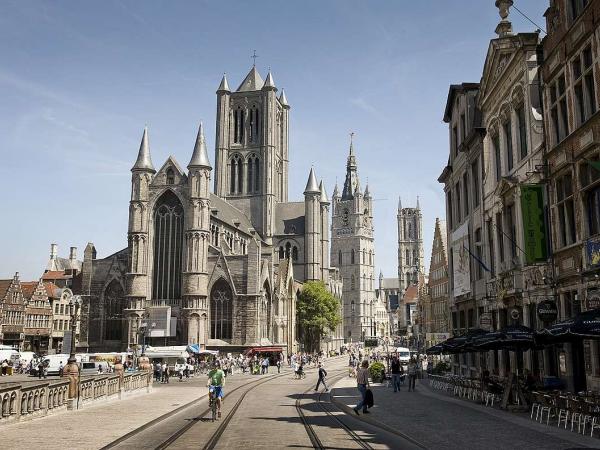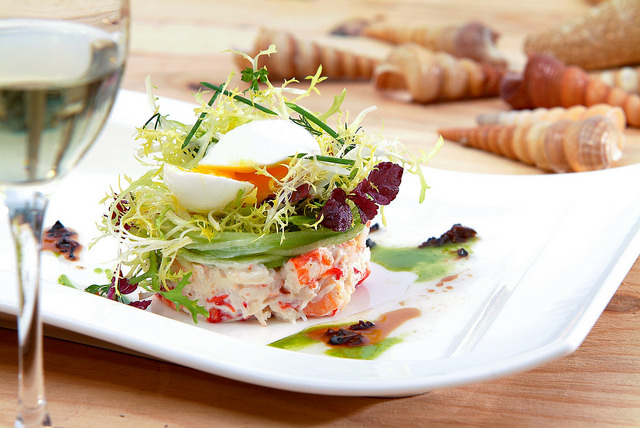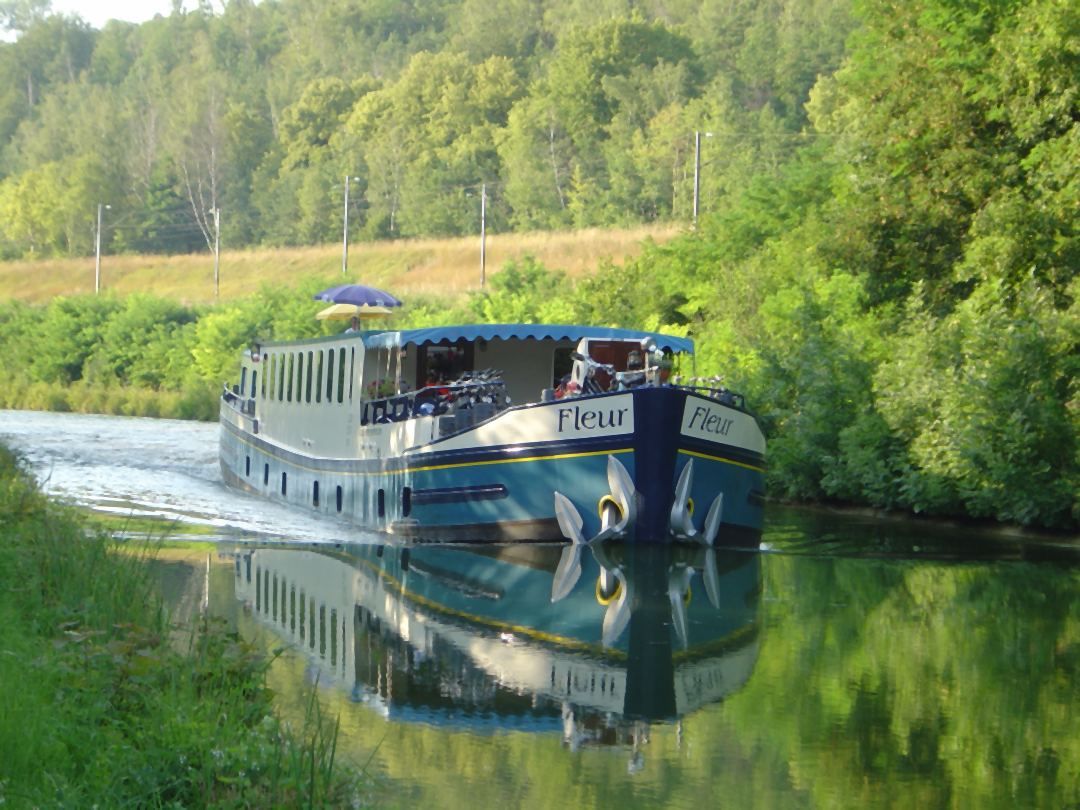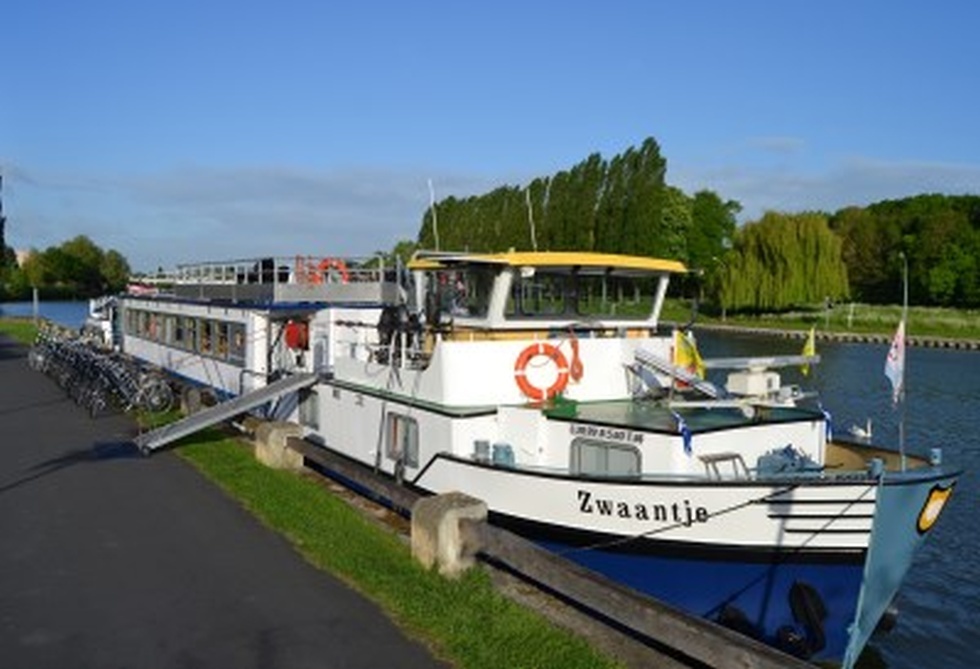Day 1: Bruges
Embarkation between 13.00 & 14.00 in the center of Bruges. After the welcome with the Crew is the bike distribution with a subsequent short test drive. After the dinner the tour guide offers a city tour through the old town.
In order to do justice to Bruges, we recommend that you arrive a day or two before so that you have enough time to explore this interesting city. Bruges also becomes "the pearl Flanders "and is considered one of the most beautiful cities in Flanders. Your medieval Downtown has remained virtually untouched. It was once a cosmopolitan city and a great trading center Art Center, which can still be seen in many monuments.
Day 2: Bruges - Aalterbrug - Ghent, approx. 37 or 45 km
After breakfast we go to on the bike. We cross magical forest areas and Pastures. Halfway up the canal, between Bruges and Ghent, the ship is already awaiting you. When all are on board, the anchor is caught and the journey continues to Ghent. In the evening, you can explore historic downtown Ghent with a wonderful canal tour. Ghent is a vibrant university city that also has a rich past. The city originated where, in Roman times, the rivers Leie and Scheldt flowed together. The favorable location brought over many years great wealth, the reached its peak between the end of the 13th and the beginning of the 14th century. The cloth industry helped to great wealth. In the city center many old patrician houses are still preserved remained. In the "Lakenhal" (1425) the cloth merchants met and handled their business. The most famous church is the St. Baafs Cathedral, which has been in use for several centuries corresponding architectural styles was built. In the cathedral there are a number of Masterpieces of medieval painting, of which "The Adoration of the Lamb of God" by Jan van Eyck is probably the best known.
Day 3: Ghent - Oudenaarde, approx. 41 km
This morning you can once again visit the city of Ghent by bike to experience this vibrant and beautiful city. Later in the morning, continue your bike ride towards Oudenaarde. This small town was formerly on the border of the French and German Empire, and was often hit by wars. The most famous guardian is also available today still on top of the magnificent town hall: "Hanske the warrior". The town hall was built in the first half of the 16th century and is one of the most beautiful in Flanders. The style is Brabant late gothic, the material used is sandstone. Furthermore, Oudenaarde is known as Carpet-Weber-City. The carpets were world famous. Before you reach Oudenaarde, make a detour to the interesting archaeological site of the old one abbey Ename, which was located on the eastern side of the Scheldt.
Day 4: Oudenaarde - Doornik (Tournai), approx. 41 or 47 km
Before leaving Oudenaarde, visit to the beautiful town hall. After that we follow the river Scheldt upstream and cross the linguistic frontier, thus arriving in the Walloon region. From now on people speak French and villages, towns, and cities have a French name. Final destination of today is Doornik or Tournai, one of the oldest towns of Belgium. Doornik fell under French government until early in the 17th century. Just as in Oudenaarde, after the decline of textile industry, tapestry became important here. In 1940, the entire town center was destroyed in a German air raid but renovation of the town has been very successful. Especially the Notre Dame cathedral (12th and 13th century) is worth seeing. But also the Belfort, built around 1200, is definitely worth a visit.
Day 5: Doornik (Tournai) - Bleharies - Arleux, approx. 47 km
During breakfast, the ship travels towards the Belgian-French border the so-called "white land", where limestone has been mined since Roman times. In the vicinity the village of Bleharies on the border begins our bike tour. The route leads over sprawling Agricultural land and small mining towns to Lewarde, where you can visit a mining museum. Your current place of stay is Arleux.
Day 6: Arleux - Ruyaulcourt, approx. 35 or 51 km
The ship leaves the great canal to continue on the Canal du Nord. The construction of this Canal was already planned in 1903, but only in 1966 the work could be completed. He should replace the old Canal de St. Quentin to get better coal from the mines to the north to be able to transport. The old canal was built in 1801 on behalf of Napoleon. The bike ride takes you to the city of Cambrai, a former Roman provincial capital and also important place of pilgrimage. Worth seeing here are the impressively restored buildings of the City fortress built under Charles V. Later we ride the bike through the Marshland from Chantraine to the rural Ruyaulcourt.
Day 7: Ruyalcourt – Péronne, approx. 19 or 45 km
The Canal du Nord has two tunnels through which the ship has to pass. The tunnel from Ruyalcourt is 4350 m in length the larger tunnel. Today the Zwaantje drives through this Tunnel. Above this tunnel is the watershed between the rivers Escaut (Scheldt) and Somme. From there, the ship descends again towards Péronne. With the Bike we continue our tour through the Sommetal and drive through the sparsely populated, sprawling and hilly landscape. Then continue to Péronne. The road between Bapaume and Péronne were the battle front in the Somme area at the end of the First World War. The Bike ride ends in Péronne.
Day 8: Péronne
Today the ship stays in Péronne. The Zwaantje is just a little bit outside this charming town with its enchanting market square, the church, the ruined castle and the fascinating Grand Guerre Museum. There is no dinner on board today. You can eat out in town in one of the many restaurants.
Day 9: Péronne – Épénancourt Épénancourt – Noyon – Pont l’Évêque, approx. 40 or 50 km
During breakfast, the Zwaantje will take you to the small village of Épénancourt we get on the bike to a long stretch through the hilly, expansive landscape to Art Deco town of Ham and break up along the Somme and picturesque villages. The Today’s final destination is Noyon with its imposing cathedral.
Day 10: Pont l’Évêque – Compiègne, approx. 33 or 57 km
From Pont l’Évêque we continue to Compiègne. This city is located on the Oise. Compiègne owes its architectural wealth of proximity to Paris and the extensive forests in which the French kings liked to linger. Worth seeing is that Château de Compiègne with its beautiful gardens. The bike tour leads through the forest of Ourscamp and crosses the river Aisne to "Clairière de l’Armistice, a place where the French and German generals signed the contract that marks the end of the first World War II sealed. We can visit a small but interesting museum there.
Day 11: Compiègne – Creil, approx. 45 or 60 km
Today you will first cycle through the forest south of Compiègne, then continue on the Oise follow downstream towards Creil. The longer route still includes a detour to City Pierrefonds, where you have a magnificent view of the eponymous, fairy-tale castle Has. Just before Pont Ste. Maxence we pass the abbey of Moncel, the 1309 of King Philips was donated to the beautiful. Pont Ste. Maxence owes his name to the fact that there was a bridge over the Oise very early on and an overnight stop for Merchants and kings who were on the way between Paris and Flanders.
Day 12: Creil – Beaumont - Auvers-sur-Oise, approx. 42 or 57 km
You leave the bustling city of Creil by bike and drive to the enchanting Chantilly for its famous castle, which is also famous for its racecourse and royal stables known. After this visit, continue the tour through a beautiful forest area pass the abbey of Royaumont. For the shorter tour, go to Beaumont back on the ship. On the longer route we cross the river Oise in the direction of Auvers-sur Oise, where Vincent van Gogh spent his last days. Here is also his grave, which you can visit in the evening. This area was very popular with many Impressionist artists.
Day 13: Auvers-sur-Oise - Paris (Bougival), approx. 39 km
After arriving late at Auvers yesterday, you now have some time to get in Auvers to follow in the footsteps of Vincent van Gogh. Then we approach by bike and with many impressionistic impressions in their luggage, the capital of light. In Conflans- Sainte-Honorine, where the Oise and the Seine merge, there is some time for a little one Lunch break. Conflans has been an important shipping center since the 19th centuryn North of France. At noon we continue to St.Germain-en-Laye, where we have a nice view over Paris. We continue by bike along the river to Bougival, where we stay.
Day 14: Paris (Bougival) - Paris
Today we finally drive the Seine upstream to Paris. Now it does not take longer long, but there are still some big loops in the Seine. The mooring of the Zwaantje is located in the middle of the city. You can do the rest of the day according to your own wishes shape. Explore the city by metro or by bus, taking you to all Attractions leads.
Day 15: Paris
After breakfast you will leave the ship. Disembarkation till 9.30 am.



